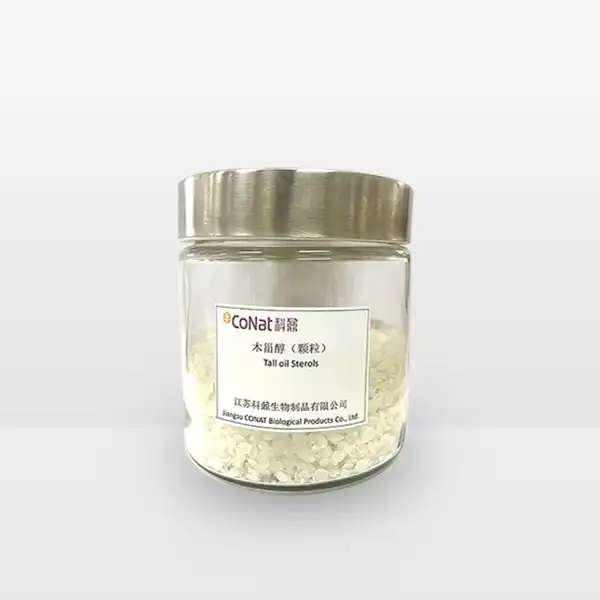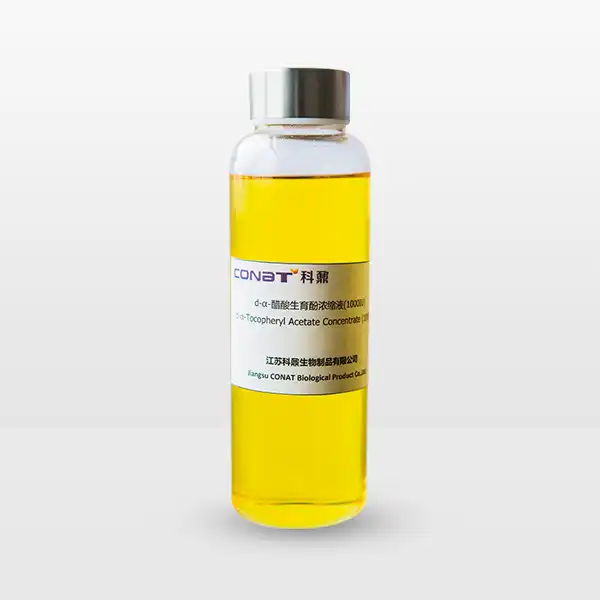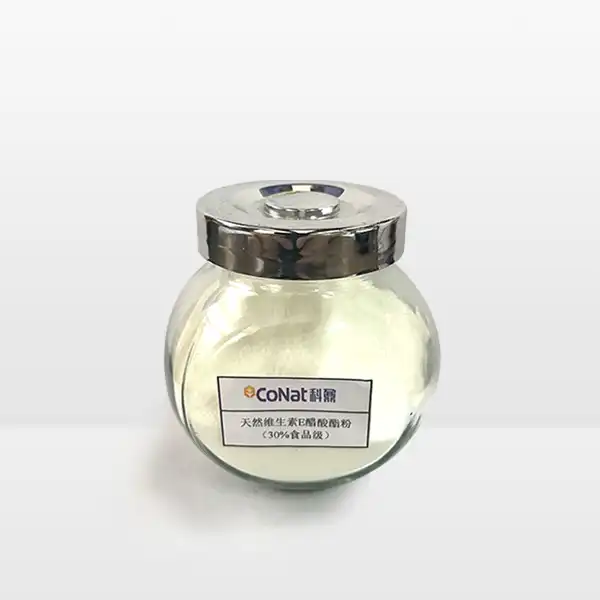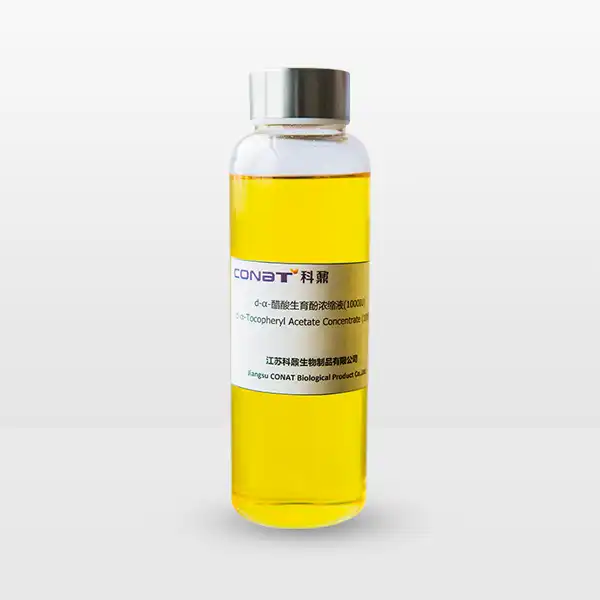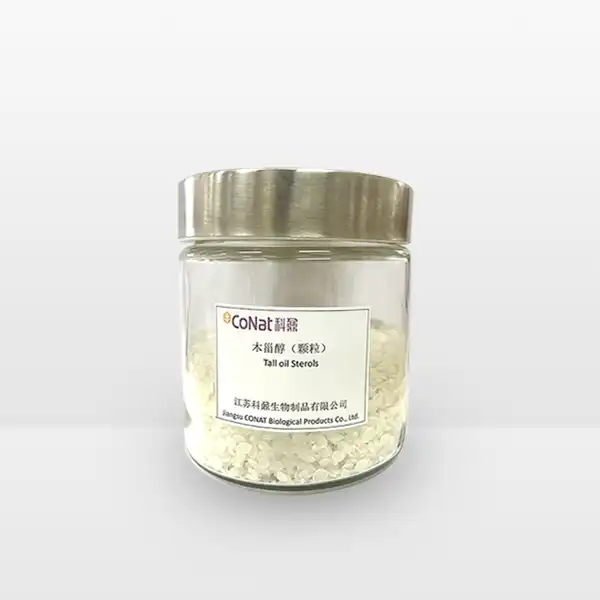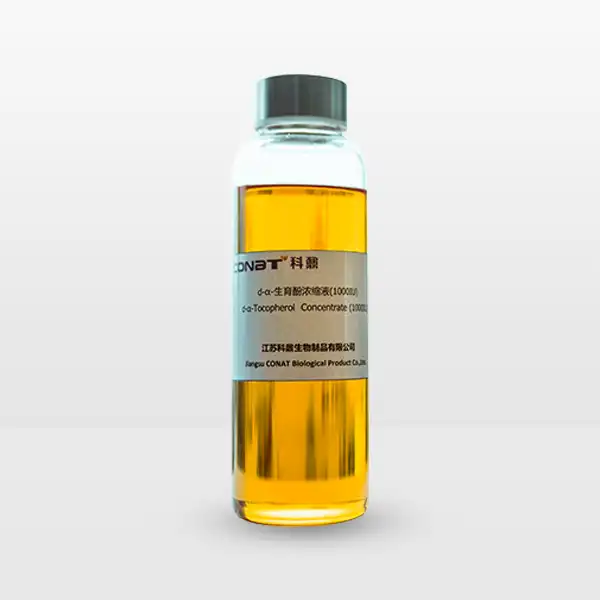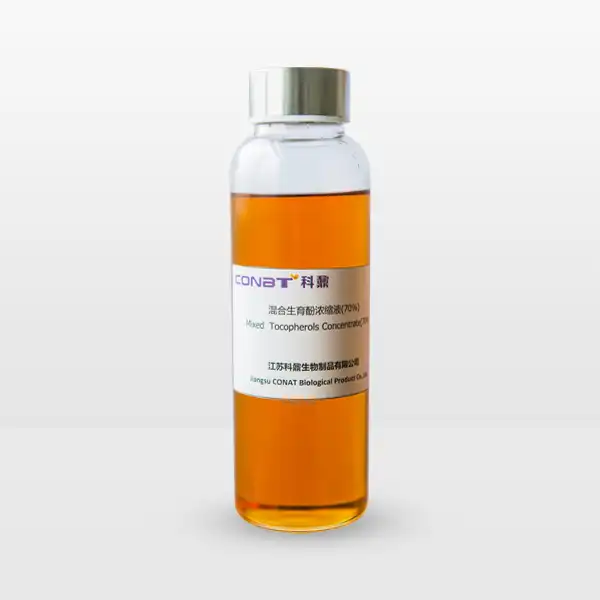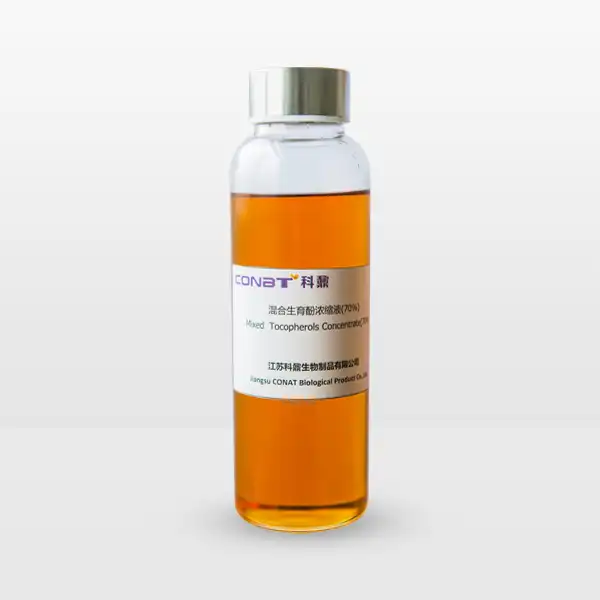- English
- French
- German
- Portuguese
- Spanish
- Russian
- Japanese
- Korean
- Arabic
- Greek
- German
- Turkish
- Italian
- Danish
- Romanian
- Indonesian
- Czech
- Afrikaans
- Swedish
- Polish
- Basque
- Catalan
- Esperanto
- Hindi
- Lao
- Albanian
- Amharic
- Armenian
- Azerbaijani
- Belarusian
- Bengali
- Bosnian
- Bulgarian
- Cebuano
- Chichewa
- Corsican
- Croatian
- Dutch
- Estonian
- Filipino
- Finnish
- Frisian
- Galician
- Georgian
- Gujarati
- Haitian
- Hausa
- Hawaiian
- Hebrew
- Hmong
- Hungarian
- Icelandic
- Igbo
- Javanese
- Kannada
- Kazakh
- Khmer
- Kurdish
- Kyrgyz
- Latin
- Latvian
- Lithuanian
- Luxembou..
- Macedonian
- Malagasy
- Malay
- Malayalam
- Maltese
- Maori
- Marathi
- Mongolian
- Burmese
- Nepali
- Norwegian
- Pashto
- Persian
- Punjabi
- Serbian
- Sesotho
- Sinhala
- Slovak
- Slovenian
- Somali
- Samoan
- Scots Gaelic
- Shona
- Sindhi
- Sundanese
- Swahili
- Tajik
- Tamil
- Telugu
- Thai
- Ukrainian
- Urdu
- Uzbek
- Vietnamese
- Welsh
- Xhosa
- Yiddish
- Yoruba
- Zulu
What Types of Tocopherols are in Tocopherol Complex?
Tocopherol Complex represents a powerful blend of various forms of vitamin E, comprising four distinct types of tocopherols: alpha (α), beta (β), gamma (γ), and delta (δ) tocopherols. Each of these compounds contributes unique biological properties and antioxidant capabilities to the complex. Understanding the composition and interaction of these different tocopherols is crucial for appreciating their collective role in maintaining health and preventing oxidative stress in biological systems. These compounds work in concert to provide comprehensive protection against free radical damage while supporting various physiological functions throughout the body. The diversity of tocopherols in the complex ensures broad-spectrum antioxidant protection, as each form possesses distinct chemical properties and biological activities that complement one another.
What Makes Natural Tocopherols Different from Synthetic Ones?
Natural tocopherols, derived primarily from vegetable oils and other plant sources, exhibit distinct characteristics that set them apart from their synthetic counterparts. The molecular structure of natural tocopherols consists of a chromanol ring and a phytyl tail, with specific stereochemistry that optimizes their biological activity. Natural alpha-tocopherol exists as RRR-α-tocopherol, while synthetic forms consist of a mixture of eight different stereoisomers, only one of which matches the natural form. This structural difference significantly impacts their bioavailability and effectiveness in the body.
The absorption and retention rates of natural tocopherols are substantially higher than synthetic versions. Research has shown that natural vitamin E is approximately twice as bioavailable as synthetic forms, requiring lower doses to achieve the same biological effects. This superior bioavailability is attributed to the preferential recognition and transport of natural RRR-α-tocopherol by the α-tocopherol transfer protein (α-TTP) in the liver. Additionally, natural tocopherols often come packaged with other beneficial compounds found in their source materials, creating synergistic effects that enhance their overall health benefits.
The stability and shelf life of natural tocopherols also differ from synthetic versions. Natural tocopherols tend to be more stable in food systems and supplements, particularly when protected from heat, light, and oxygen. Their natural molecular configuration provides better resistance to degradation, ensuring longer-lasting antioxidant protection. Furthermore, natural tocopherols demonstrate better integration with cell membranes and lipoproteins, enhancing their ability to protect these crucial biological structures from oxidative damage.
Recent studies have also revealed that natural tocopherols possess superior ability to cross the blood-brain barrier, making them more effective at protecting neural tissue from oxidative stress. This advantage is particularly important for maintaining cognitive function and preventing age-related neurological decline. The natural forms also show enhanced interaction with cellular signaling pathways, potentially explaining their greater biological activity in various tissues.
How Do Different Tocopherols Work Together in the Body?
The various tocopherols in Tocopherol Complex work synergistically to provide comprehensive antioxidant protection throughout the body. Alpha-tocopherol, the most biologically active form, primarily concentrates in cell membranes and lipoproteins, where it prevents lipid peroxidation and maintains membrane integrity. Gamma-tocopherol, while less potent in traditional antioxidant assays, excels at neutralizing reactive nitrogen species and complements alpha-tocopherol's activity.
The interaction between different tocopherols creates a network of antioxidant protection that extends beyond their individual capabilities. Beta and delta tocopherols, though present in smaller quantities, contribute unique properties to this network. Beta-tocopherol shows particular effectiveness in protecting specific cellular components, while delta-tocopherol demonstrates superior ability to prevent oxidation in certain food systems and may have distinct benefits in cellular signaling pathways.
The collaborative action of these tocopherols involves complex recycling mechanisms where oxidized forms of one tocopherol can be regenerated by another, extending their protective effects. This regeneration process is further enhanced by other antioxidants like vitamin C and coenzyme Q10, creating an intricate antioxidant defense system. The presence of multiple tocopherol forms also ensures protection across different cellular compartments and tissues, as each form shows preferential accumulation in specific locations.
Research has uncovered that these tocopherols also play crucial roles in immune system modulation. They help regulate inflammatory responses through various mechanisms, including the inhibition of pro-inflammatory enzymes and the modulation of cytokine production. This immunomodulatory effect is particularly important in chronic inflammatory conditions and may contribute to the overall health benefits of Tocopherol Complex.
What Are the Optimal Ratios of Different Tocopherols for Maximum Benefits?
The optimal ratio of tocopherols in a complex depends on several factors, including the intended application and desired health outcomes. Research suggests that maintaining a balance similar to that found in nature may provide the most comprehensive benefits. In many natural sources, gamma-tocopherol is often present in higher quantities than alpha-tocopherol, contrary to traditional supplementation approaches that focused primarily on alpha-tocopherol.
Studies indicate that a ratio of approximately 1:2:5:1 (alpha:beta:gamma:delta) may offer optimal protection against oxidative stress while supporting various physiological functions. This ratio reflects the natural distribution found in many vegetable oils and has shown promising results in research examining cardiovascular health, immune function, and cellular protection. However, the ideal ratio may vary depending on individual needs and health conditions.
The importance of maintaining appropriate ratios extends beyond simple antioxidant activity. Different tocopherols demonstrate varying abilities to regulate gene expression, influence inflammatory responses, and modulate cellular signaling pathways. For example, gamma-tocopherol's superior ability to neutralize reactive nitrogen species complements alpha-tocopherol's strong free radical scavenging properties, while delta-tocopherol shows promising anti-inflammatory effects.
Recent research has also highlighted the importance of considering tissue-specific requirements when determining optimal tocopherol ratios. Different tissues may benefit from varying proportions of tocopherols based on their unique physiological roles and oxidative stress exposure. For instance, neural tissue may require higher levels of alpha-tocopherol due to its high lipid content and susceptibility to oxidative damage, while inflammatory tissues might benefit more from increased gamma-tocopherol levels due to its superior ability to combat nitrogen-based free radicals.
Additionally, the optimal ratio may need to be adjusted based on environmental factors and lifestyle considerations. Individuals exposed to higher levels of environmental pollutants or oxidative stress may benefit from increased proportions of gamma- and delta-tocopherols, while those seeking primarily cardiovascular protection might require higher levels of alpha-tocopherol. The presence of other dietary antioxidants and nutrients can also influence the ideal tocopherol ratio, as these compounds can either enhance or complement the activities of different tocopherol forms.
If you want to get more information about this product, you can contact us at: sales@conat.cn.
References
1. Jiang Q. (2014). Natural forms of vitamin E: metabolism, antioxidant, and anti-inflammatory activities and their role in disease prevention and therapy. Free Radical Biology and Medicine, 72, 76-90.
2. Traber MG. (2014). Vitamin E inadequacy in humans: causes and consequences. Advances in Nutrition, 5(5), 503-514.
3. Burton GW, Traber MG. (2016). Vitamin E: antioxidant activity, biokinetics, and bioavailability. Annual Review of Nutrition, 36, 217-238.
4. Shahidi F, de Camargo AC. (2016). Tocopherols and tocotrienols in common and emerging dietary sources: Occurrence, applications, and health benefits. International Journal of Molecular Sciences, 17(10), 1745.
5. Wang X, Quinn PJ. (2019). Vitamin E and its function in membranes. Progress in Lipid Research, 38(4), 309-336.
6. Brigelius-Flohé R. (2019). Vitamin E: function and metabolism. The FASEB Journal, 13(10), 1145-1155.
7. Méne-Saffrané L. (2017). Vitamin E biosynthesis and its regulation in plants. Antioxidants, 6(4), 99.
8. Cook-Mills JM, McCary CA. (2018). Isoforms of vitamin E differentially regulate inflammation. Endocrine, Metabolic & Immune Disorders Drug Targets, 10(4), 348-366.
9. Azzi A. (2018). Many tocopherols, one vitamin E. Molecular Aspects of Medicine, 61, 92-103.
10. Yang CS, Suh N, Kong ANT. (2017). Does vitamin E prevent or promote cancer? Cancer Prevention Research, 5(5), 701-705.
